Wireless communications have been at the forefront of human endeavour since 1895, when Guglielmo Marconi succeeded in receiving Morse code on a radio wave transmitted by a spark-gap transmitter with a receiver 2.4 km away
While it would take until the 1990s for the technology to advance enough to spark a true ‘wireless revolution’ – recent advancements in bandwidth, range, and power consumption mean another tipping point is just on the horizon.
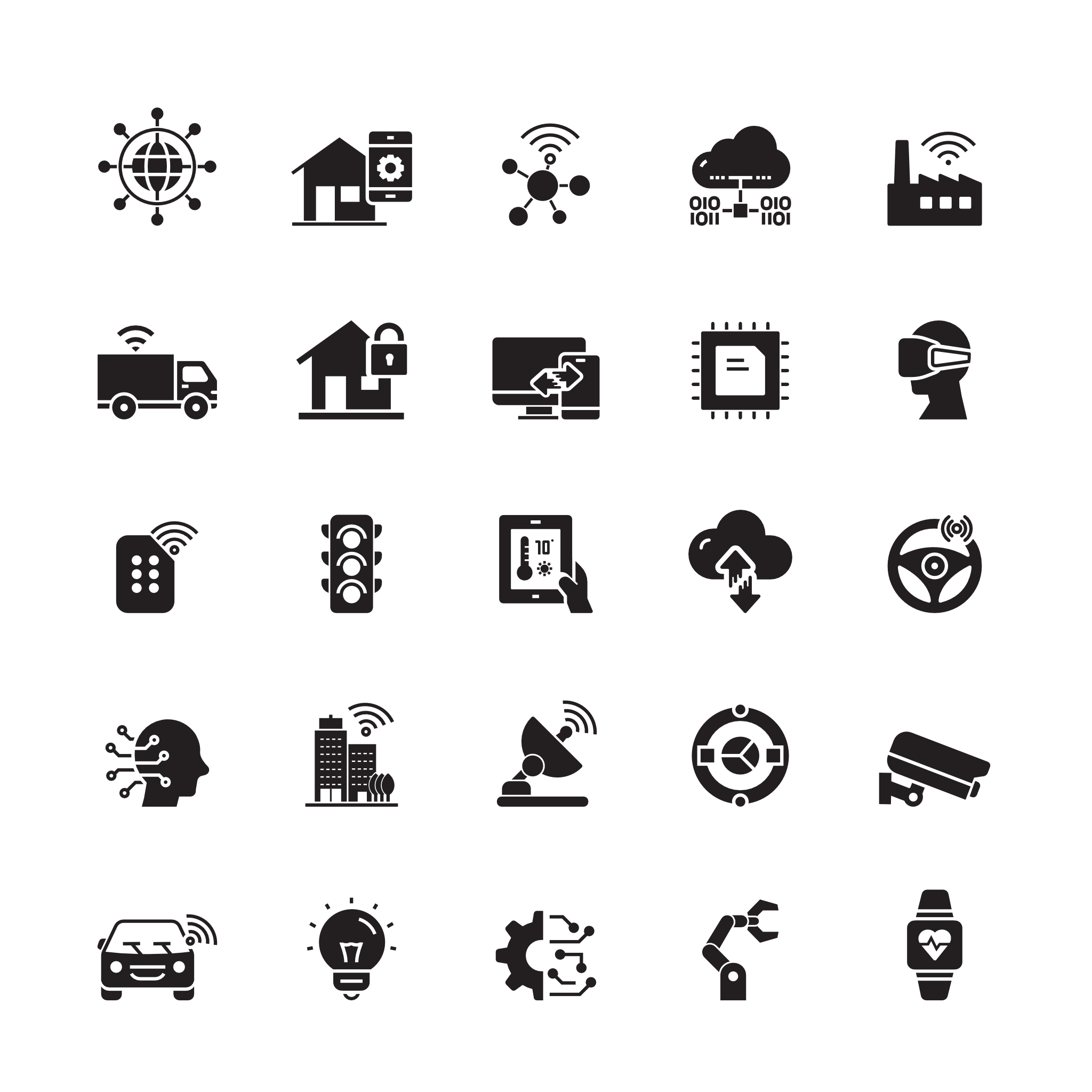
Wireless technology is shifting. No longer just a communications solution – the opportunity to integrate with an estimated 18 billion edge or IoT devices means it has the potential to become a powerful innovation platform. It may be an emerging trend. But the time to start planning is now.
The increase in wireless endpoints offers us more opportunities to connect than ever before. While the expanded range of features has the potential to drive innovation in new and interesting ways – from location tracking and WiFi sensing to value-added services and ultra-low power applications.
WiFi location tracking is a prime example of the potential we are already seeing realised. Typically used to monitor the location of goods or people in a manufacturing process or improve the accuracy of subway wait times in places like Oslo – this relatively simple and straightforward short-range system is deployed via a WiFi-based tag.
A beacon message is transmitted from the tag to be received by multiple access points along its journey. As these access points are time synchronised, they can time-stamp the message when it is received before sending it to the server to translate those time stamps into a location.
Radar technology has proven to be a game-changing innovation over the years. However, it isn’t without its weak spots. Radar relies on specialist equipment that requires line-of-sight, so it can’t see through walls or wrap around bends. Coverage is also cone-shaped – with the highest level of accuracy closest to the device and reliability decreasing over distance.
Less expensive to roll-out, easy to integrate due to the commonality of WiFi-enabled devices, and offering more uniform coverage – WiFi is poised to replace the use of radar in appropriate environments. For example, WiFi sensing could be used in a care home setting to alert staff if a resident has had a fall or hasn’t moved for some time.
With the upcoming adoption of the IEEE 802.11bf WiFi standard – the potential for WiFi sensing applications is getting a huge boost. The legislation will effectively transform any WiFi-enabled device into a quiet sensor capable of making low-level sensing data available to high-level applications or software.
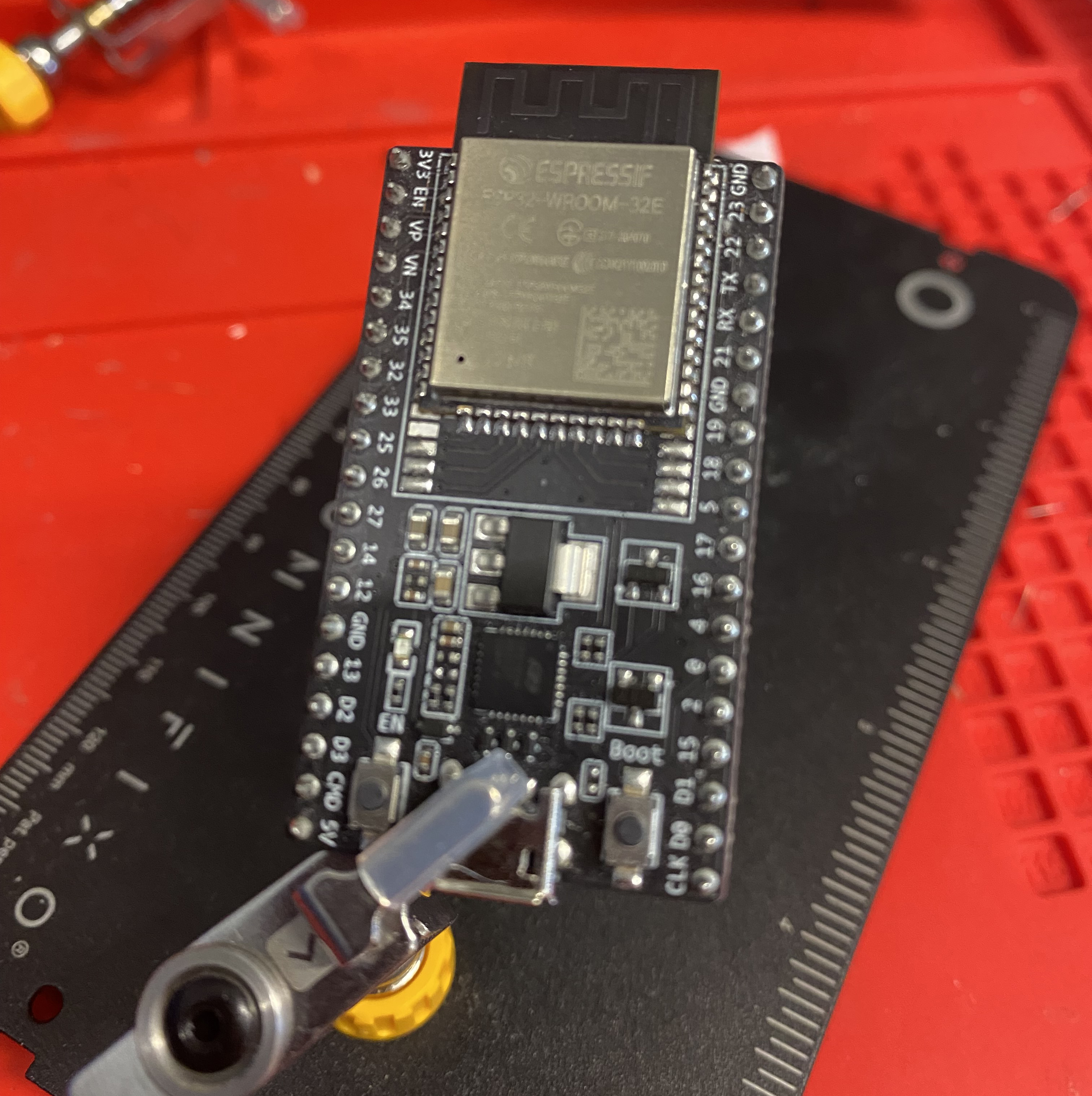

The speed, scale, and ease of integration make wireless a prime platform for powering new value-add services – from back-end improvements to broadcasting and multi-casting to enhancing autonomous technologies.
To give an example, multicasting can improve the efficiency of data exchange by allowing a stream of data to be transmitted from a single sender or source to multiple destinations on a network – eliminating the need for the data to be sent individually from the source to each ‘interested’ receiver.
Vehicle-to-vehicle communications (V2V) are another great example. The wireless exchange of information about the speed and position of surrounding vehicles is already enabling advancements in technologies designed to help avoid crashes, ease traffic congestion and improve the environment. Fully autonomous cities may have been the stuff of science fiction in the not-so-distant past, but may soon be a reality.
Perhaps the biggest challenge for any wireless IoT device is power. Devices are often small, with small batteries that require regular recharging or replacement.
An example where this issue is particularly acute is in Low-Power Wide-Area Networks (LPWANs). LPWANs are wireless networks designed to allow long-range communication at a low bit rate among things (connected objects), such as sensors operated on a battery. Their networks are typically characterised by:
1) Infrequent transmissions of small bursts of data.
2) A large number of devices, often spread over wide areas.
3) The need for devices to operate autonomously for many years.
One potential solution to this frustrating limitation is the exploration of efficient and high-performance energy harvesting systems for IoT environments – such as Wireless Energy Harvesting (WEH).
This innovative technology enables the harvesting of energy from radio frequency (RF) signals. All RF Signals simultaneously carry both information and energy. In most cases, receivers only process the information carried by the signals.
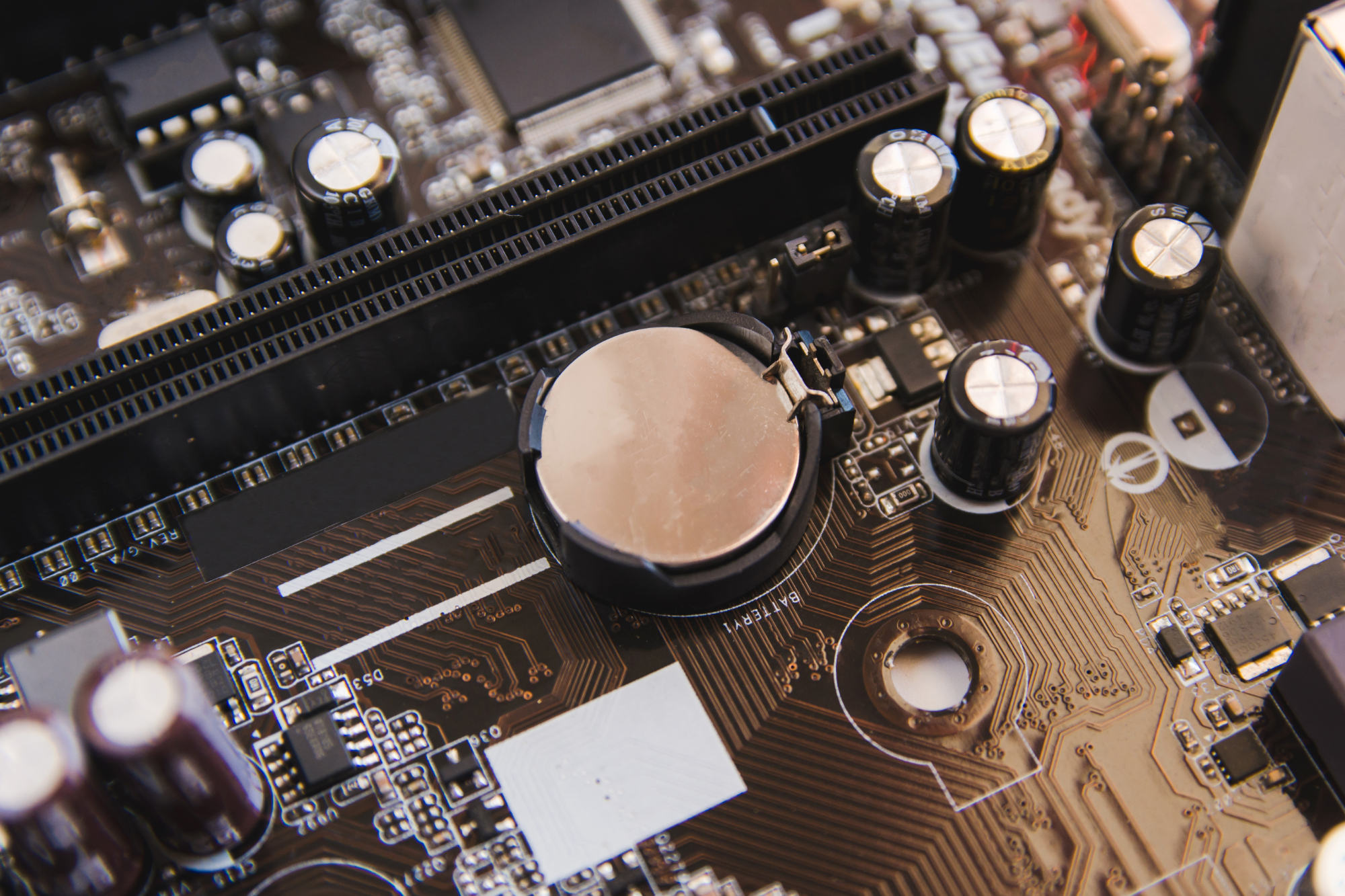
Bluetooth has gone through several upgrades, from Bluetooth 2.0 to the latest Bluetooth 5.3. All of the evolutions come with enhanced data rates and low-energy protocols1. Analysts anticipate that annual shipments of Bluetooth-enabled devices will see 1.5x growth, a nine percent compound annual growth rate (CAGR), from 2021 to 2026. For the first time, Bluetooth annual device shipments are on track to exceed seven billion in 2026.
WiFi has also seen a steady stream of updates, from 802.11b to the most recent WiFi 6, which provides higher data transfer rates and better security protocols1. According to IoT Times Connectivity, 6G cellular networks, 46 Gbps WiFi, and satellite-enabled LPWANs will connect trillions of devices in 2030.
As part of a recent feasibility study, we built a turbidity sensor and temperature/humidity sensor in a water-proof see-through housing to test the turbidity of a nearby lake. Read the full case study to discover how we eschewed existing connection protocols and overcame battery challenges to transmit the data back to our office.
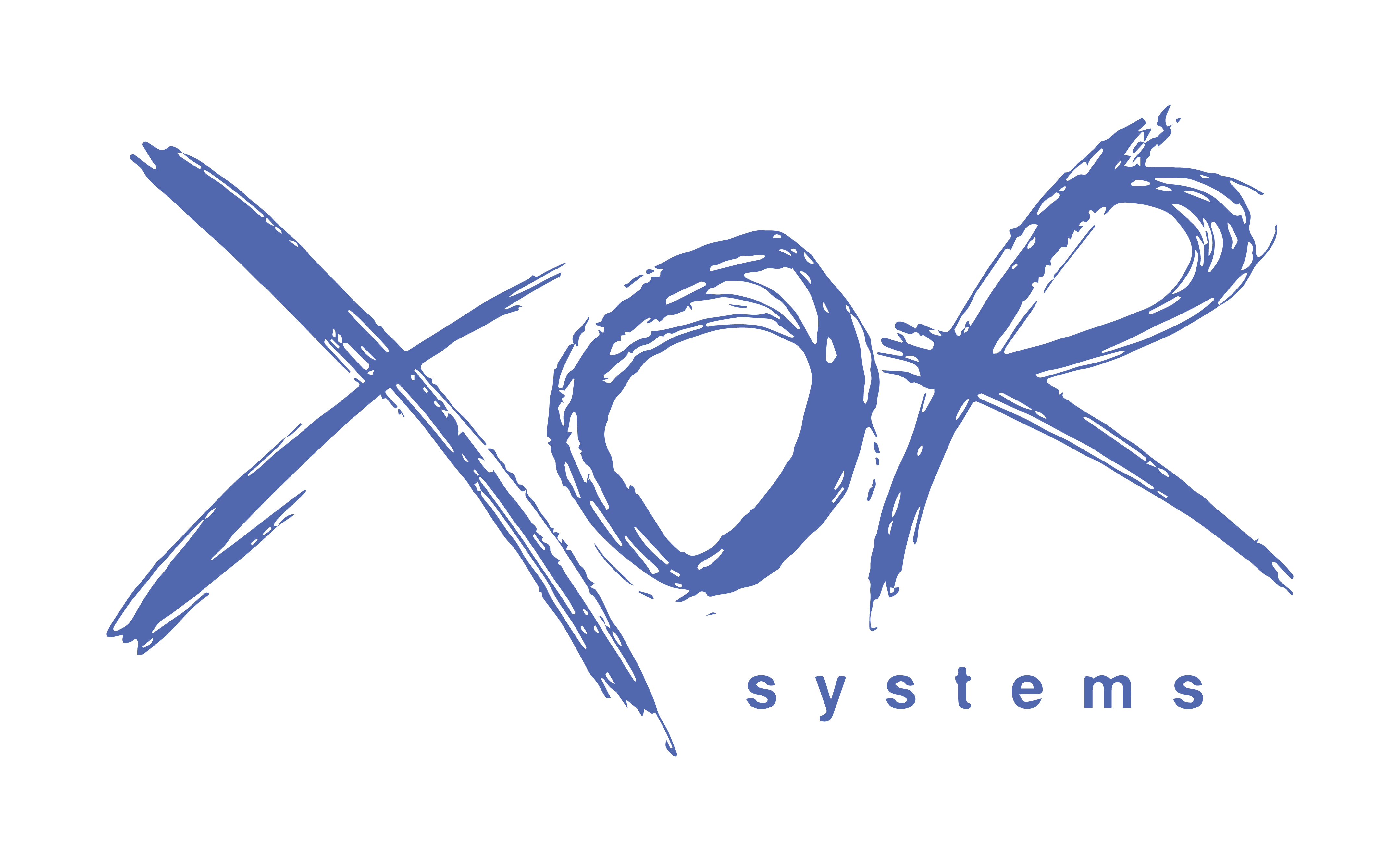
Wireless-value realisation is a critical concept for businesses that want to stay competitive in the digital age. It is driven by applications and organisational transformation as responsibilities for enterprise networks shift. This trend ccelerates digital transformation by incorporating technologies and capabilities that provide the necessary data for critical business outcomes.
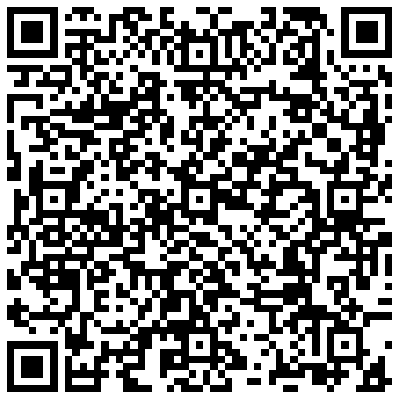
© Copyright 1998- Xor Systems, All Rights Reserved.